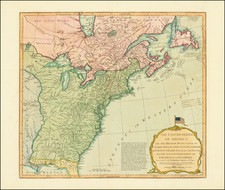Pre-prohibition map of the United States, illustrating the various local laws that controlled the consumption and sale of liquor in the US.
The map illustrates interesting geographical (and underlying cultural) variables in the implementation of prohibition before it became national law. At this stage, most heavily-rural states were under complete prohibition, with a few notable exceptions (Minnesota, Montana, Nevada, etc.) Many larger metropolitan areas had licensing of some sort, including New York, Philadelphia, Detroit, Chicago, San Francisco, etc.
The map notes areas which are:
- Under Prohibition (uncolored)
- Under License Law (black)
- Much No License Territory (shaded)
Such maps are ephemeral and rare.
Prohibition in the United States
Prohibition in the United States was a nationwide constitutional ban on the production, importation, transportation, and sale of alcoholic beverages from 1920 to 1933.
Prohibitionists first attempted to end the trade in alcoholic drinks during the 19th century. Led by pietistic Protestants, they aimed to heal what they saw as an ill society beset by alcohol-related problems such as alcoholism, family violence and saloon-based political corruption. Many communities introduced alcohol bans in the late 19th and early 20th centuries, and enforcement of these new prohibition laws became a topic of debate. Prohibition supporters, called "drys", presented it as a battle for public morals and health. The movement was taken up by progressives in the Prohibition, Democratic and Republican parties, and gained a national grassroots base through the Woman's Christian Temperance Union. After 1900, it was coordinated by the Anti-Saloon League. Opposition from the beer industry mobilized "wet" supporters from the wealthy Catholic and German Lutheran communities, but the influence of these groups receded from 1917 following the entry of the US into the First World War against Germany.
The alcohol industry was curtailed by a succession of state legislatures, and finally ended nationwide under the Eighteenth Amendment to the United States Constitution in 1920, which passed "with a 68 percent supermajority in the House of Representatives and 76 percent support in the Senate" as well as ratification by 46 out of 48 states. Enabling legislation, known as the Volstead Act, set down the rules for enforcing the federal ban and defined the types of alcoholic beverages that were prohibited. Not all alcohol was banned; for example, religious use of wine was permitted. Private ownership and consumption of alcohol were not made illegal under federal law, but local laws were stricter in many areas, with some states banning possession outright.
Following the ban, criminal gangs gained control of the beer and liquor supply in many cities. By the late 1920s, a new opposition to prohibition emerged nationwide. Critics attacked the policy as causing crime, lowering local revenues, and imposing "rural" Protestant religious values on "urban" America. Prohibition ended with the ratification of the Twenty-first Amendment, which repealed the Eighteenth Amendment on December 5, 1933, though prohibition continued in some states.









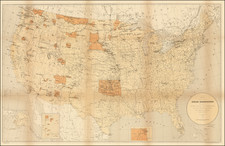
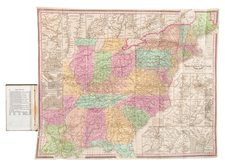
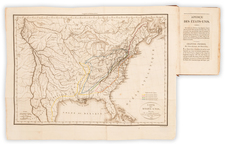
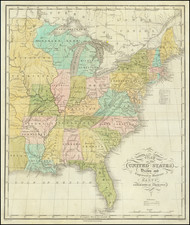
![(Puzzle Map) Mapa de America Del Norte y Central Razas y Fauna Del Continente [Map of North and Central America Races and Animals of the Continent]](https://storage.googleapis.com/raremaps/img/small/91115.jpg)
